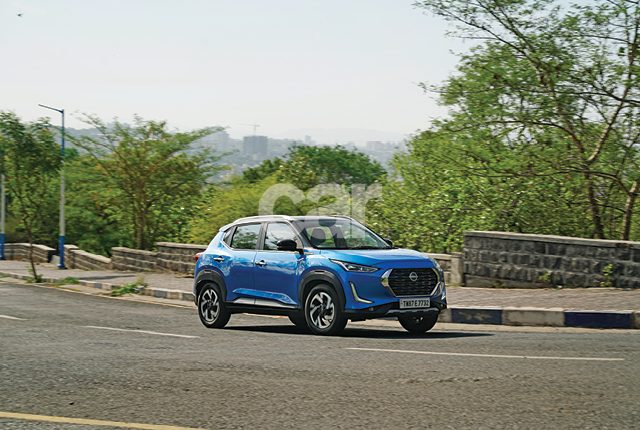
The Nissan Magnite EZ-Shift brings an automatic transmission at a lower price point along with a naturally aspirated engine. We find out just how different it feels with the AMT
Story: Sayantan De
Photography: Sanjay Raikar
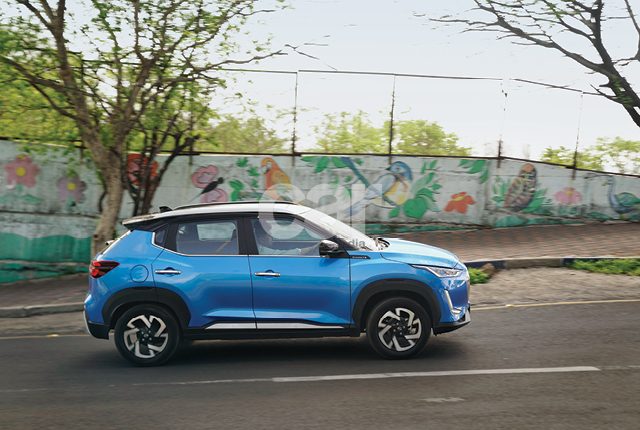
Automatic transmission cars have become an automatic choice in our congested cities these days. Besides, they make it easier for first-time car-buyers to skip the steep learning curve involving the operation of a clutch. Automatic transmissions are more expensive in general, though the prices vary a little from flavour to flavour, DSG being on the higher side of the spectrum, accompanied by torque converters, and CVTs and AMTs being more affordable; the latter a little more accessible than the former. Thus, it makes sense that Nissan have added an AMT (or automated manual transmission) to the naturally aspirated Magnite, which is significantly lighter on the wallet than the CVT-equipped turbocharged Magnite.
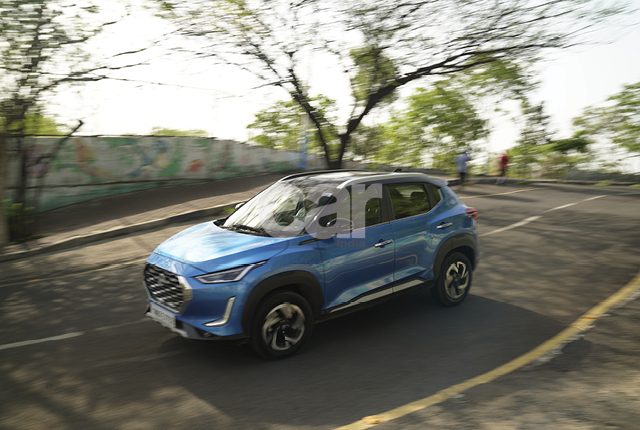
Visually, there’s no difference between the EZ-Shift and its manual counterpart except the “EZ-Shift” badge on the tailgate. When the car was launched last year, Nissan took the opportunity to add a new blue paint finish with a black roof to the list of colour options. The Magnite strikes a handsome pose, with the sharp lines of the exterior lending it a contemporary design aesthetic, but I feel the black grille surround, roof-rails, skid-plate, body side-claddings, and the black alloys on the Kuro Edition should be available as an option against the chrome and silver hardware, but with bright colours instead of the black of the Kuro.
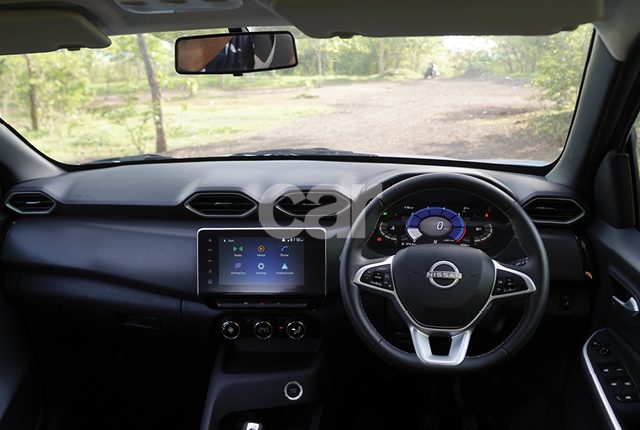
The interior is dominated by an 8.0-inch touchscreen and the overall impression is functional rather than stylish. The driver’s display is a 7.0-inch unit which can be rotated through a few options with the help of a steering wheel-mounted button. A minor irritant is that the screen defaults to the first one every time the car is turned off. I would have preferred it to remember the last-used option. The steering wheel offers a decent range of tilt adjustability, which, coupled with the comfortable seat, makes for a relaxed driving experience.
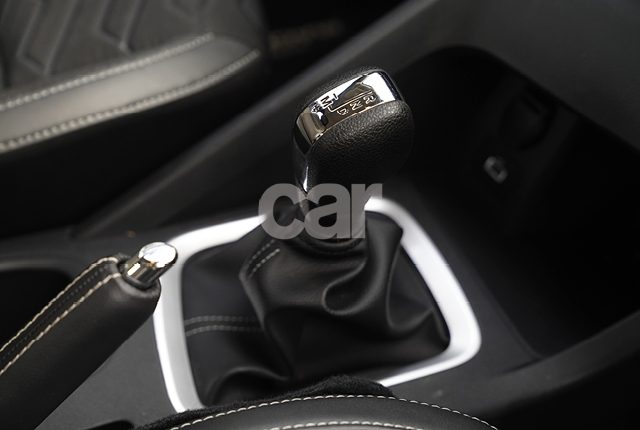
This relaxed experience is no doubt aided by the automated manual transmission. It is geared more towards fuel economy and has the urge to upshift as quickly as possible, occasionally misjudging an incline but stubbornly refusing to downshift, at which point a hefty shove of the right foot or a switch to the manual mode resolves the issue. Overtaking is much easier, though, and the AMT performs noticeably better on flat surfaces.
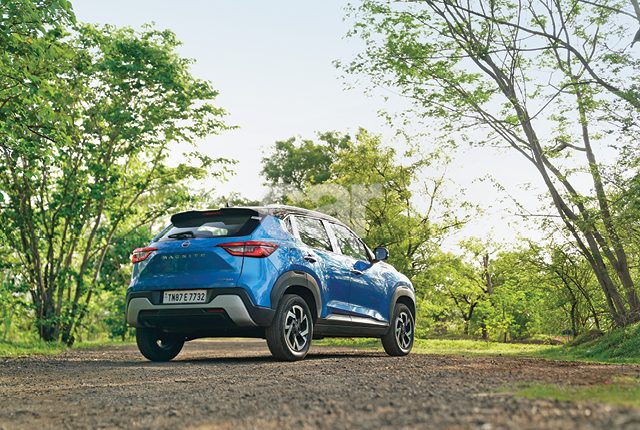
The Magnite’s turning circle (5.0 metres) is really short, which makes manoeuvring around parking lots a cinch. The relaxed steering ratio of 3.5 turns lock-to-lock also helps when driving over gravel roads, as the slow steering doesn’t kick back over ruts and the tight turning circle makes dodging obstacles a piece of cake. The ride quality is composed despite the simplicity of the suspension (read easy to maintain—a hallmark of Japanese cars) and, even though the centre of gravity is high, body-roll is decently contained in faster turns. Braking is a fuss-free affair.
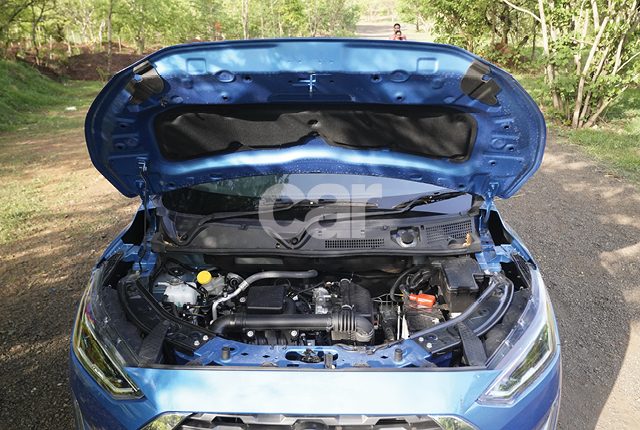
The cheapest Magnite with the CVT (and the 1.0-litre turbo engine) is the Geza Edition, with prices starting at Rs 9.84 lakh, whereas the EZ-Shift starts from Rs 6.60 lakh, a premium of Rs 60,000 over its manual sibling, which starts at Rs 6 lakh (all prices ex-showroom). This makes the Magnite EZ-Shift an extremely sensible choice and unless you are on the highways, you won’t feel the performance difference from the turbo engine, for the naturally aspirated motor was capable enough even on the hilly roads surrounding Pune. This makes the Magnite EZ-Shift an easy choice for sensible car-buyers.


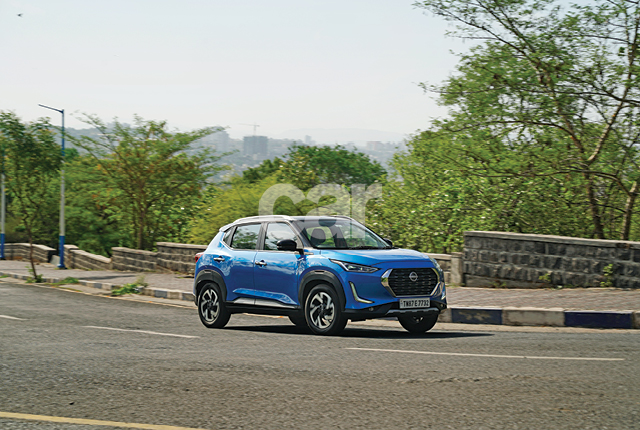








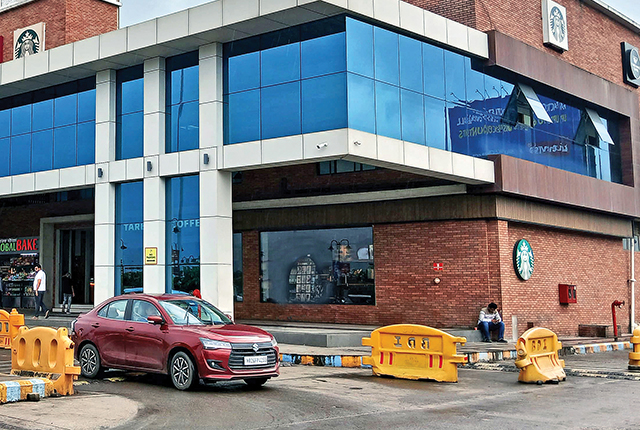










Leave a Reply